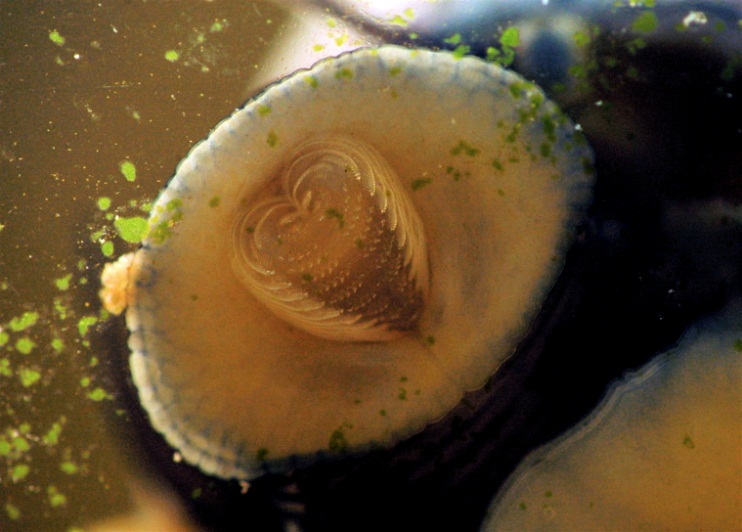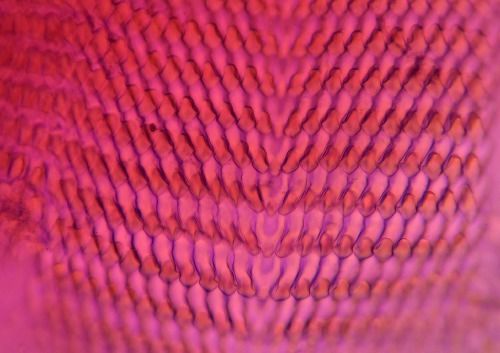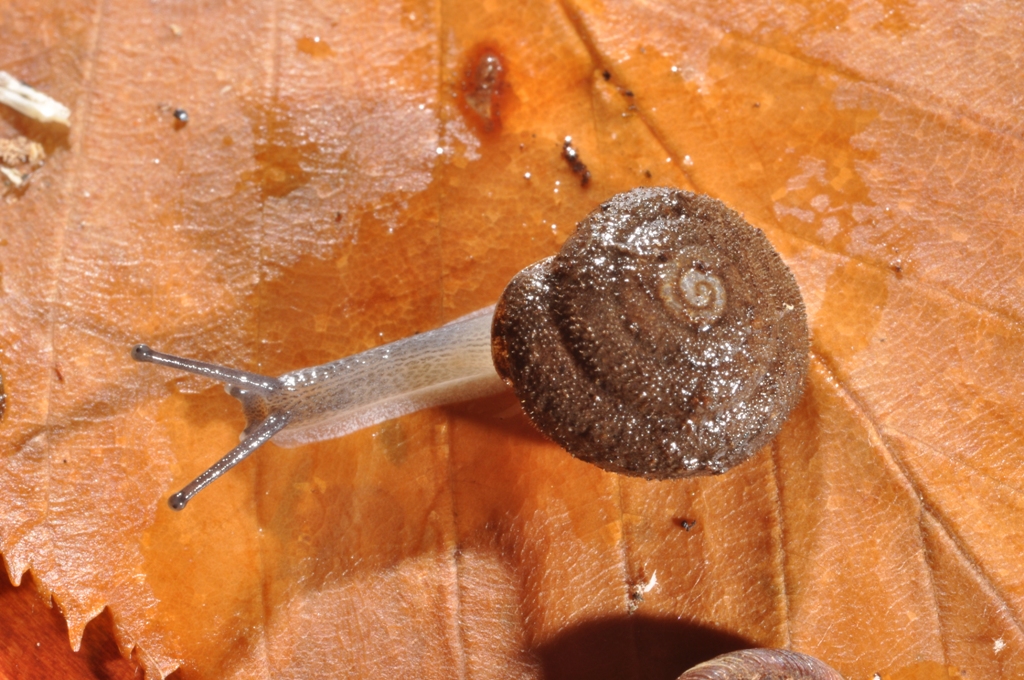Nutrition
Did you know snails must primarily depend on their sense of smell to help them find prey? (Bourquin, 2000).
Inflectarius edentatus is an air-breathing, terrestrial snail
living throughout parts of North America. Like any other organism,
Inflectarius edentatus have specific nutritional requirements with a
physiological need to eat. However, with little research known
about the nutritional habits of I. edentatus specifically, much of
the nutrition facts listed below are centralized around Pulmonata,
the subclass containing Inflectarius edentatus.

Many pulmonates are herbivores (Bourquin,
2000), feeding on multiple organisms such as living or dead
plant substances, algal films, fungi (What-when-how,
2012), an array of fruit and soft bark (Kerrie,
2010). Other land snails are carnivorous, dieting on
earthworms and other slugs and snails (What-when-how,
2012). There is yet another group of scavenging pulmonates,
foraging on decaying plant and animal materials (Bourquin,
2000).

Whether a herbivore, carnivore or scavenger, each one of these
pulmonates acquires nutrients with a universal feeding structure
called a radula. (Bourquin, 2000). Used
to scrape, spear, tear, or comb off pieces of plant or animal
materials, and armed with rows of up to 750,000 teeth, the radula is
equipped to meet any nutritional needs (Bourquin,
2000). Pulmonates also contain a tough, chitinous jaw located on
the upper part of the mouth, as well as the lower region of the
mouth in some pulmonates, used to crush up any obtained food (Bourquin,
2000).
All pulmonates contain a complete digestive tract, with a mouth
and an anus, (Biology Questions and
Answers, 2003) as well as an esophagus, stomach, and intestine.
Due to the 180 degree twisting of gastropod shells called torsion,
the esophagus enters the snail at the posterior end and the
intestines exit at the anterior end, placing the anus and mouth in
the same anterior region (Bourquin, 2000).
Digestion of pulmonates is performed in two separate processes:
extracellular digestion and intracellular digestion (Bourquin,
2000). Extracellular digestion almost always takes place within
the stomach of the pulmonate, with the resulting intracellular
digestion occurring in the liver (Bourquin,
2000). Extracellular digestion in pulmonates takes place in the
presence of enzymes, often found in salivary or digestive glands as
well as those found from pouches contained in the esophagus (Bourquin,
2000).
Some pulmonates even contain an enlarged esophagus called a crop in
order to briefly store food and allow further digestion of nutrients
(Bourquin, 2000).
How does Inflectarius edentatus
reproduce?
Home
